Welcome to the GWCT Uplands Research blog
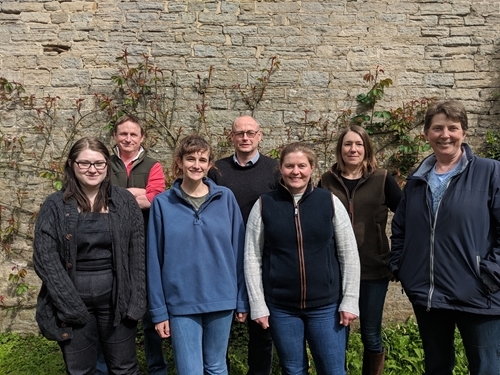
We have had a research base in Teesdale since 1997 and as a busy team we’d like to think that much of what we do will be of considerable interest to everyone. We work on many aspects of upland ecology with our primary focus being the conservation and management of upland bird populations, mostly gamebirds and waders, and their habitats. We also conduct projects in the Scottish Highlands where we monitor capercaillie, black grouse and mountain hares within forest, moorland and mountain ecosystems.
The team are currently in the middle of a busy fieldwork season which mainly consists of collecting data for long-term monitoring and research projects on red grouse, black grouse and other ground nesting birds. We have a variety of new, ongoing and concluding projects too, these include; mountain hare abundance and distribution, impacts of heather burning on vegetation recovery, red and black grouse parasites and maternal condition, densities and breeding success of breeding curlew and other waders in relation to moorland management and the final write up of the Langholm papers...to name a few.
Meet the team
There are currently 11 staff and students based from our office in the grounds of Eggleston Hall near Barnard Castle;
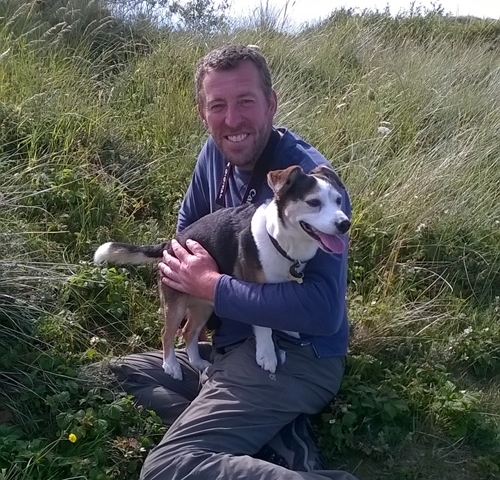
Dr David Baines is the Trust’s Director of Upland Research, supervising staff at our Teesdale and Scottish research bases. He has worked for the Trust for 30 years, starting his career in the Scottish Highlands on black grouse and capercaillie before returning to Teesdale, the place of his doctorate study on lapwing, in 1997 to work on parasite-induced population dynamics of red grouse, raptor-grouse conflict resolution and the impacts of predation on breeding waders.
Dr Kathy Fletcher joined the trust in 2002 and worked on the Upland Predation Experiment at Otterburn. Kathy then moved to Scotland in 2008 and has since been involved in the core monitoring of red grouse as well as contributing to ongoing black grouse, capercaillie and mountain hare projects.
Sarah Grondowski joined the trust in December and whilst she is relatively new to the Trust, she has already made her mark. Her role as administrator means supporting the team and managing the office. She joins the team with some knowledge of local wildlife, upland management and country sports.
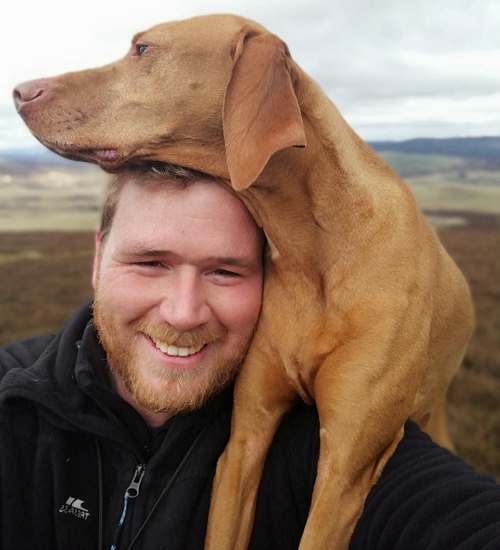
Dr Nick Hesford joined the trust in 2017 with a PhD in biodiversity and community ecology. Based in the Scottish Borders, Nick works on a variety of both English and Scottish projects including research on mountain hares, waders and grouse. Since joining the Trust, Nick has taken responsibility for monitoring our core red grouse sites in Perthshire and the Angus Glens and has established new study sites in the Borders where our long-term monitoring of red grouse has previously been underrepresented.
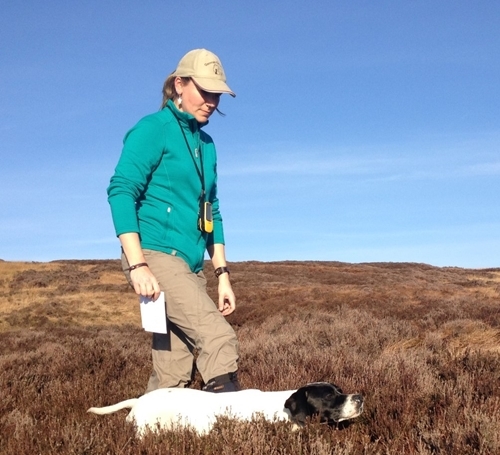
Dr Sonja Ludwig worked on a variety of ornithological projects in Germany, Austria and Scotland before joining the Trust in 2012 to work on the Langholm Moor Demonstration Project, focussing on conflict resolution between red grouse shooting and conservation of birds of prey. She has now moved back to Teesdale where she continues to work on raptor-grouse moor relationships.
David Newborn is the longest serving member of the Trust’s Upland Research Group having joined the Trust in the early 1980s. He is based in Swaledale. His expertise lies in red grouse and moorland management and he has conducted extensive research on red grouse parasites: strongyle worms, sheep ticks and now cryptosporidia, seeking remedies to parasite problems.
Mike Richardson has worked for the Trust for 18 years as a Research Assistant. Mike has been involved in many studies on black grouse, red grouse & moorland birds. Working alongside Dave Newborn, he has conducted extensive research on red grouse parasites such as strongylosis, sheep ticks & cryptosporidia.
Dr Philip Warren has been with the Trust for 20 years and during this period completed his part-time PhD with the University of Durham investigating red grouse population dynamics at a landscape scale. He plays a lead role on the Trust’s black grouse research and conservation delivery work in both England and Scotland, with a focus on investigating population dynamics at landscape scales and delivering species recovery and range expansion.
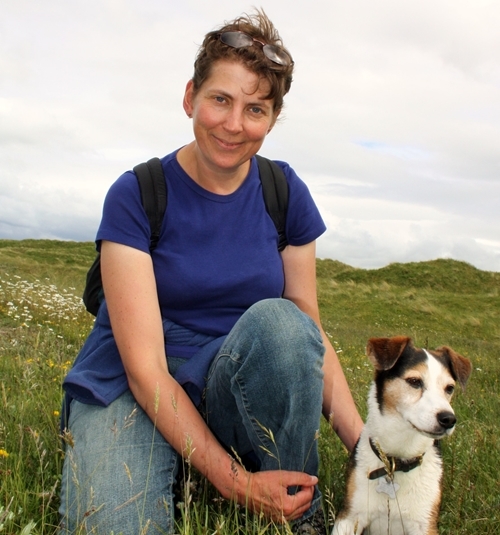
Dr Siân Whitehead revived her research career after almost 20 years as an ornithologist with Natural Resources Wales, where her diverse role of policy, research and advisory elements included considering perceived conflicts between birds of prey and gamebirds. Having joined Trust at the start of 2017, she now leads on projects looking at vegetation and hydrological responses to prescribed burning over blanket peat, work which is now being extended to consider responses to mowing.
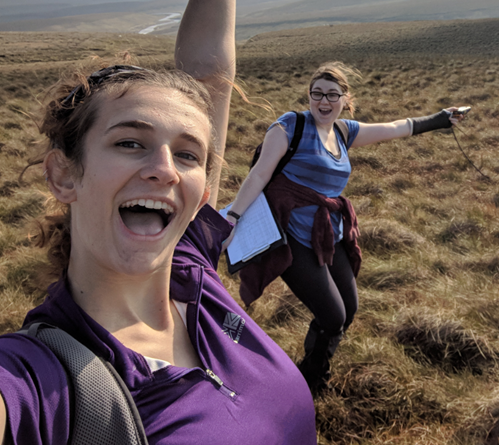
Students: Megan Roberts and Hannah Weald are our current placement students for 2019/2020. Megan has joined us from the University of Nottingham and Hannah from the University of the West of England. Both are showing great enthusiasm whilst are working hard to gather data for their chosen study projects and helping the team with a variety of fieldwork.
We sometimes also welcome other students and volunteers to the team albeit on a temporary basis, their input is invaluable especially during busy periods of fieldwork.
Our blog gives us the opportunity to keep you regularly updated with news, information and what’s happening in the Uplands...we look forward to it.